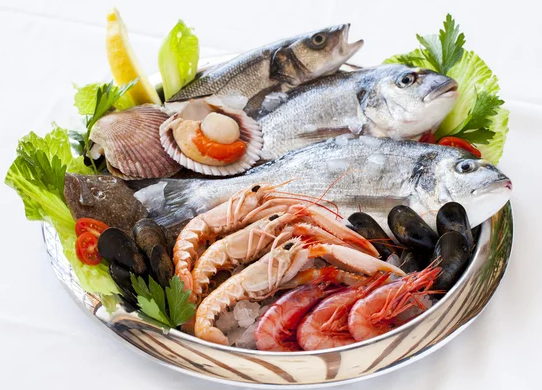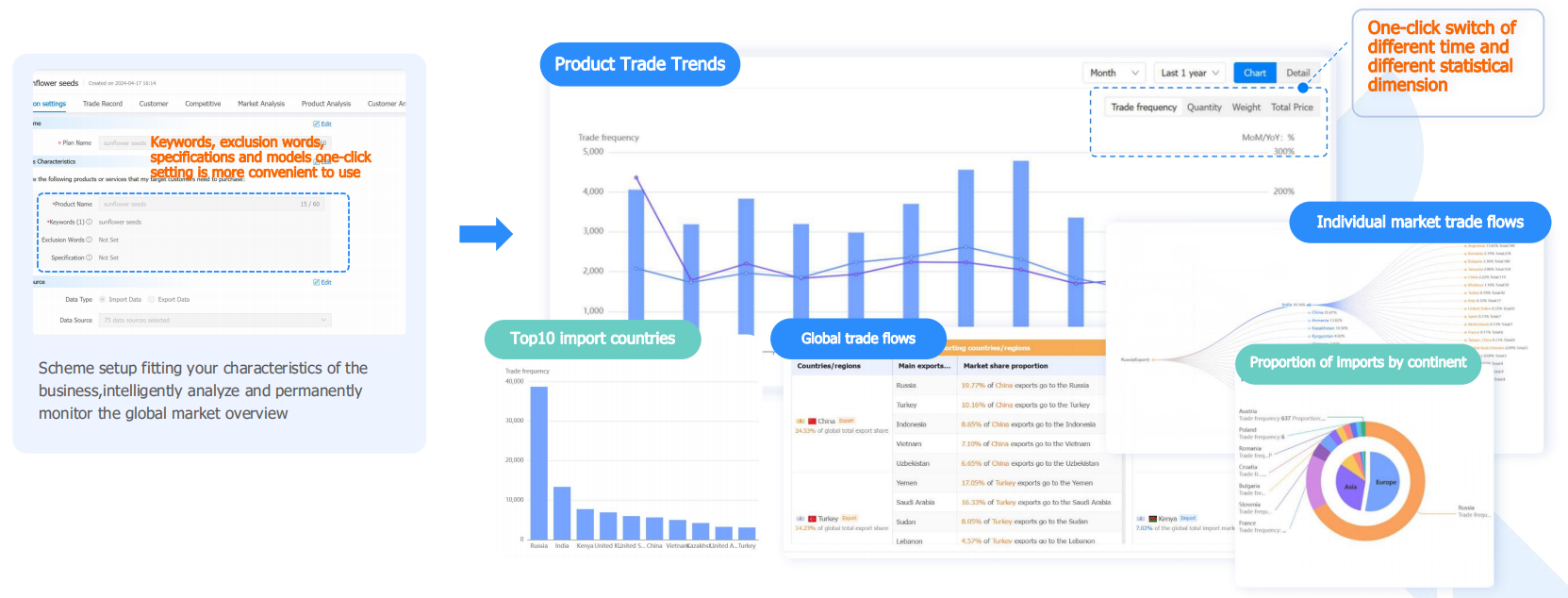 Market Insights
Market Insights
 06-08-2024
06-08-2024
Japan is renowned for its high-quality seafood, making it a sought-after source for importers around the world. Whether you are looking to import sushi-grade fish, shellfish, or other marine products, understanding the process and regulations involved is essential for a successful import business. This article provides a step-by-step guide on how to import seafood from Japan.

Step 1: Research and Planning
1. Identify the Seafood Products: Determine the specific types of seafood you wish to import. Japan offers a wide variety, including tuna, salmon, shrimp, scallops, and seaweed. Research their market demand, quality standards, and seasonal availability to make informed decisions about which seafood products to import.
2. Find Reliable Suppliers: Establish connections with reputable Japanese suppliers. You can find suppliers through online directories, trade fairs, and industry associations. Verify their certifications, quality control measures, and export experience to ensure they can reliably supply the seafood you wish to import.
3. Understand Import Regulations: Familiarize yourself with the import regulations of your country, including health and safety standards, tariffs, and documentation requirements. Each country has specific regulations for seafood imports, which must be strictly adhered to. Understanding these regulations is crucial to successfully import seafood.
Step 2: Establishing Business Relationships
1. Communication and Negotiation: Communicate your requirements clearly with potential suppliers. Negotiate terms such as pricing, payment methods, delivery schedules, and packaging standards. Ensure that the supplier can meet your quality expectations and comply with your country's import regulations for seafood.
2. Sign Contracts: Once you have selected a supplier, draft a detailed contract outlining all agreed terms and conditions. This should include product specifications, quantities, prices, delivery terms, and quality assurance protocols. Both parties should sign the contract to formalize the agreement and ensure a smooth process to import seafood.
Step 3: Compliance and Documentation
1. Obtain Import Licenses and Permits: Secure the necessary import licenses and permits from your country's regulatory authorities. This may include health certificates, import permits, and customs documentation. Ensure that all paperwork is in order before proceeding to import seafood.
2. Ensure Supplier Compliance: Confirm that your Japanese supplier has the necessary export licenses and health certifications. They should provide documentation proving that the seafood meets international safety and quality standards, such as the HACCP (Hazard Analysis and Critical Control Points) certification. This ensures that the seafood you import is safe and compliant with regulations.
Step 4: Logistics and Transportation
1. Arrange Shipping: Choose a reliable freight forwarder or shipping company experienced in handling perishable goods. Discuss shipping methods, such as air freight for faster delivery or refrigerated sea freight for cost savings. Ensure that the chosen method maintains the seafood's freshness and quality during the import process.
2. Monitor Cold Chain Management: Proper cold chain management is crucial for seafood imports. Ensure that the seafood is stored, transported, and handled at the correct temperatures to prevent spoilage. This includes using refrigerated containers and temperature-monitoring devices to maintain the quality of the seafood you import.
Step 5: Customs Clearance and Delivery
1. Customs Documentation: Prepare and submit all required customs documentation, including invoices, packing lists, health certificates, and import permits. Work closely with your customs broker to ensure a smooth clearance process when you import seafood.
2. Inspection and Quality Control: Upon arrival, the seafood may be subject to inspection by your country's health authorities. Ensure that the products meet all regulatory standards and pass any necessary inspections. Conduct your own quality checks to verify the seafood's condition and maintain high standards for the seafood you import.
Step 6: Distribution and Sales
1. Storage and Distribution: Once cleared, store the seafood in a suitable facility that maintains the required temperature and hygiene standards. Plan your distribution channels to deliver the seafood to your customers promptly and maintain the quality of the seafood you import.
2. Marketing and Sales: Develop a marketing strategy to promote your imported seafood. Highlight its Japanese origin, quality, and freshness. Use various marketing channels such as online platforms, social media, and local markets to reach your target audience and effectively market the seafood you import.
Conclusion
Importing seafood from Japan involves careful planning, adherence to regulations, and meticulous attention to quality control. By following these steps, you can establish a successful import business that brings high-quality Japanese seafood to your market. Ensure continuous communication with your suppliers, stay updated on regulatory changes, and prioritize customer satisfaction to build a sustainable and profitable business focused on importing seafood.
From traditional data retrieval to constructing business scenarios, Tendata
T-Insight employs multiple analysts to work for you.
With intelligent market analysis, it assists in saving analysts' time and your money.
Eliminate the need for manual and frequent searches and analyses. With Tendata, you can effortlessly grasp product trade trends, trade flows, top 10 import and export countries with a single click, understand market trends, and identify high-value regions.

Category
Leave Message for Demo Request or Questions


 T-info
T-info T-discovery
T-discovery

 My
Tendata
My
Tendata Market Analysis
Market Analysis Customer
Development
Customer
Development Competitor
Monitoring
Competitor
Monitoring Customer Relationship
Customer Relationship




































































































































